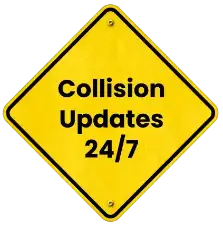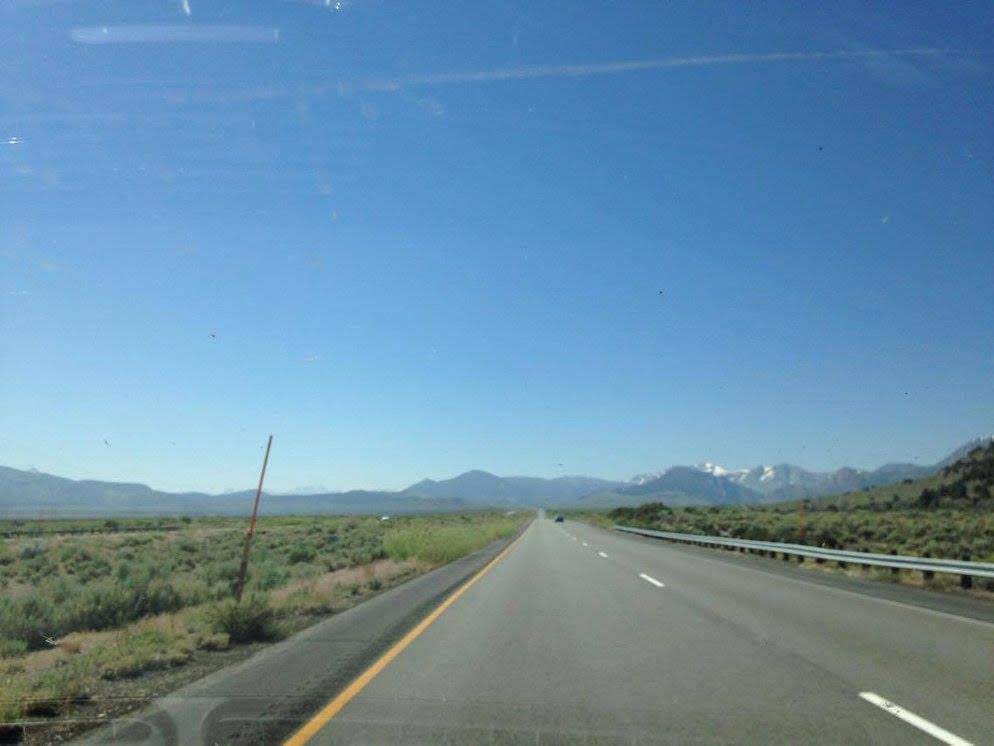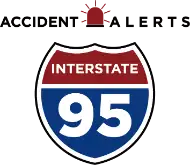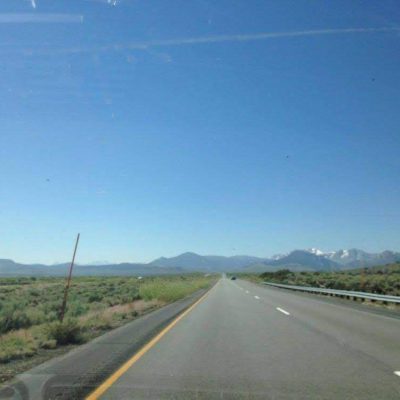
Wildlife Collisions on I‑95


I-95 is one of the busiest highways in the United States, stretching from Maine to Florida and carrying millions of vehicles each year. It connects cities, suburbs, and rural areas, making it a critical route for commuters, families, and commercial traffic alike. But I-95 also cuts through forests, wetlands, and open countryside, which are prime habitats for wildlife. As a result, collisions between vehicles and animals are a serious and often overlooked danger on this interstate.
These accidents can cause devastating injuries, significant property damage, and even loss of life. For drivers, the risks go beyond the crash itself; insurance disputes and legal complications often follow. This article explores when and where wildlife collisions happen most often on I-95, and offers practical safety tips to help drivers reduce their risk.
Why Wildlife Collisions Are a Serious Issue
Collisions with animals happen every day across the United States. The Insurance Institute for Highway Safety (IIHS) reports that thousands of animal-vehicle crashes occur annually, resulting in hundreds of deaths and thousands of injuries. Deer alone account for a large portion of these accidents, while moose, bears, and other wildlife cause significant hazards in certain regions.
On a high-speed interstate like I-95, the consequences can be even more severe. Drivers traveling at 65–75 miles per hour have little time to react when an animal suddenly enters the roadway. Swerving can lead to rollovers or secondary crashes with other vehicles, while direct impacts can total cars or trucks and leave occupants seriously injured. Beyond the human toll, these crashes lead to costly medical bills, vehicle repairs, and insurance claims.
When Wildlife Collisions Happen on I-95
Wildlife collisions on I-95 often follow clear patterns tied to the season, time of day, and driving conditions.
The risk is highest in the fall, particularly October and November, when deer are most active during mating season, though spring migration also leads to more animals crossing the highway.
Crashes are especially likely at dawn and dusk, when animals are naturally on the move and reduced visibility makes it harder for drivers to react in time. Bad weather, such as fog, rain, or snow, further increases the danger by limiting sightlines and causing headlights to reflect off wet roads.
Holiday travel periods, including Thanksgiving and Christmas, add to the risk as heavier traffic coincides with peak deer activity. Recognizing these patterns allows drivers to be more alert and cautious when the likelihood of a collision is greatest.
Where Collisions Are Most Common
Wildlife collisions can occur anywhere along I-95, but some areas are more prone to dangerous encounters than others. In the northern corridor through Maine and New Hampshire, moose and deer pose the greatest threat. Moose-related crashes can be especially severe, as their massive size and weight often lead to devastating outcomes for drivers and passengers.
Farther south in the Mid-Atlantic region, especially in the states of Virginia, Maryland, and Pennsylvania, deer are the most common hazard, especially in wooded areas or near farmland. Smaller animals, including raccoons and foxes, also contribute to collisions and can still cause serious accidents when drivers swerve to avoid them.
The southern stretch of I-95, running through Georgia and Florida, presents additional risks. In these areas, drivers may encounter not only deer but also black bears and even alligators, particularly in swampy or wetland regions that border the highway.
Roadway features can also heighten the risk of wildlife crashes. Long, unlit rural stretches, wooded medians, and limited fencing allow animals to move freely across the interstate. Interchanges located near forests or wetlands often see increased wildlife activity as well. While warning signs are typically posted in these zones, many drivers fail to notice them or underestimate the danger until it is too late.
Safety Tips for Drivers on I-95
Although it’s impossible to fully eliminate the risk of wildlife collisions on I-95, drivers can take precautions to significantly reduce their chances of being involved in one. Staying alert and scanning the roadside is especially important during dawn, dusk, and nighttime hours when animals are most active.
Using high beams in rural, low-traffic areas can also extend visibility, though drivers should be prepared to dim them for oncoming vehicles. It’s important to remember that animals often travel in groups. Spotting one deer usually means others are close behind.
If an animal crosses unexpectedly, braking firmly while staying in your lane is safer than swerving, which often causes drivers to lose control or hit another car.
Paying attention to wildlife crossing signs, slowing down in posted areas, and keeping extra distance between vehicles all provide more time to react.
Modern safety technology, such as forward collision warnings and automatic emergency braking, can also add an extra layer of protection. Practicing these habits may be the difference between a near miss and a serious accident.
Legal and Insurance Considerations
Wildlife collisions can complicate both insurance and liability. While comprehensive coverage usually pays for vehicle damage from animal strikes, drivers with only liability insurance are often left to cover repairs themselves. These costs can be substantial when crashes involve large animals like deer or moose.
Insurers may also question how a driver reacted. If swerving to avoid an animal leads to a collision with another vehicle, disputes often arise over fault and coverage. In such cases, injured passengers or other motorists may even pursue legal claims.
State laws along I-95 add another challenge, since reporting requirements vary. Some states mandate that all animal collisions be reported, while others set thresholds based on injuries or property damage. For drivers far from home, navigating these differences can be confusing.
Because of these complexities, documenting the accident carefully and seeking legal guidance after a serious wildlife collision can help protect both financial and legal interests.
Contact an experienced Attorney
If you or a loved one has been injured as a result of a wildlife collision on I-95, you don’t have to face the aftermath alone. Medical bills, insurance disputes, and questions of liability can quickly become overwhelming. Our seasoned I-95 personal injury lawyer is here to guide you through the process, protect your rights, and fight for the compensation you deserve.
Contact us today for a free consultation and learn how we can help you move forward after a serious crash.

